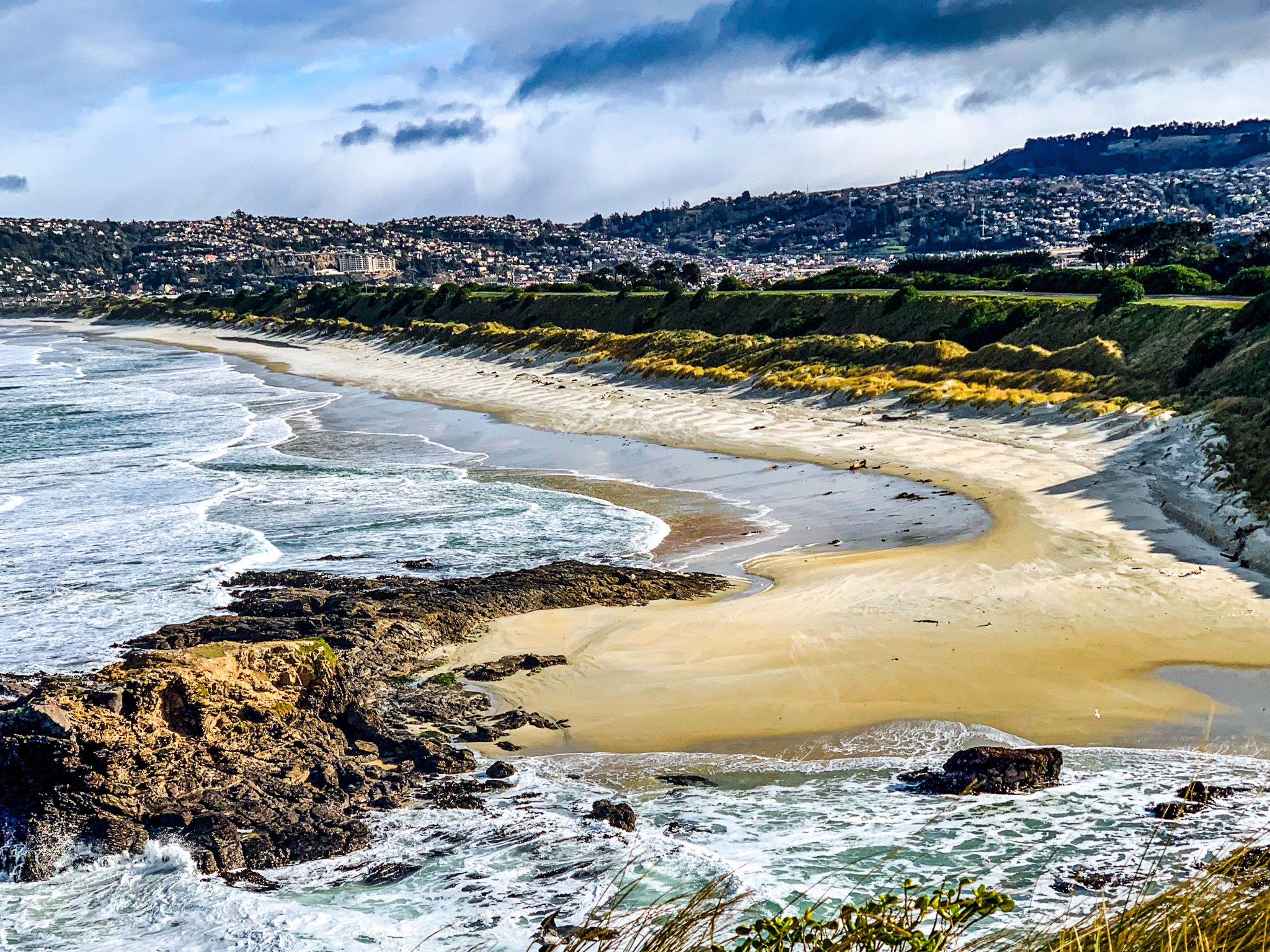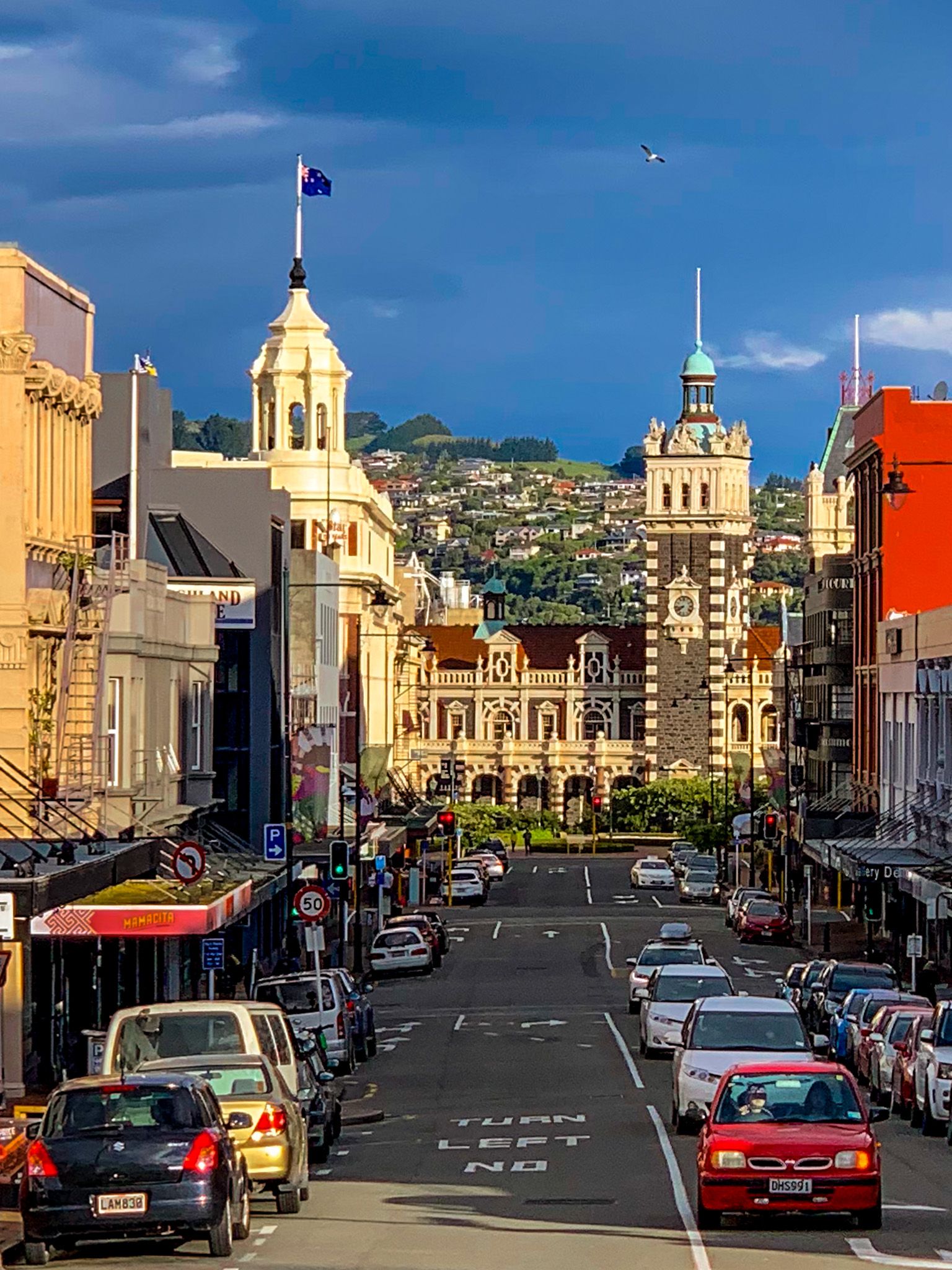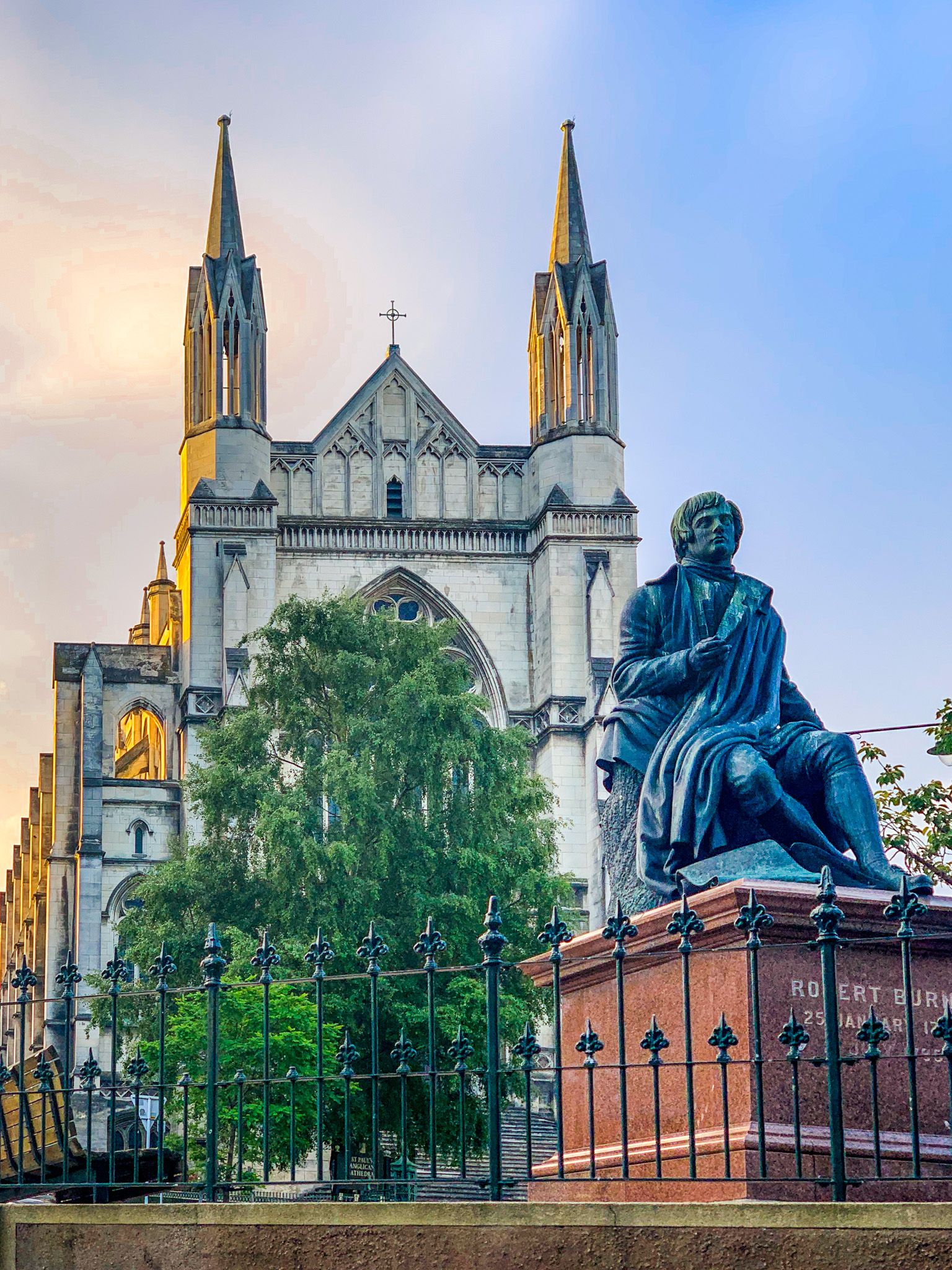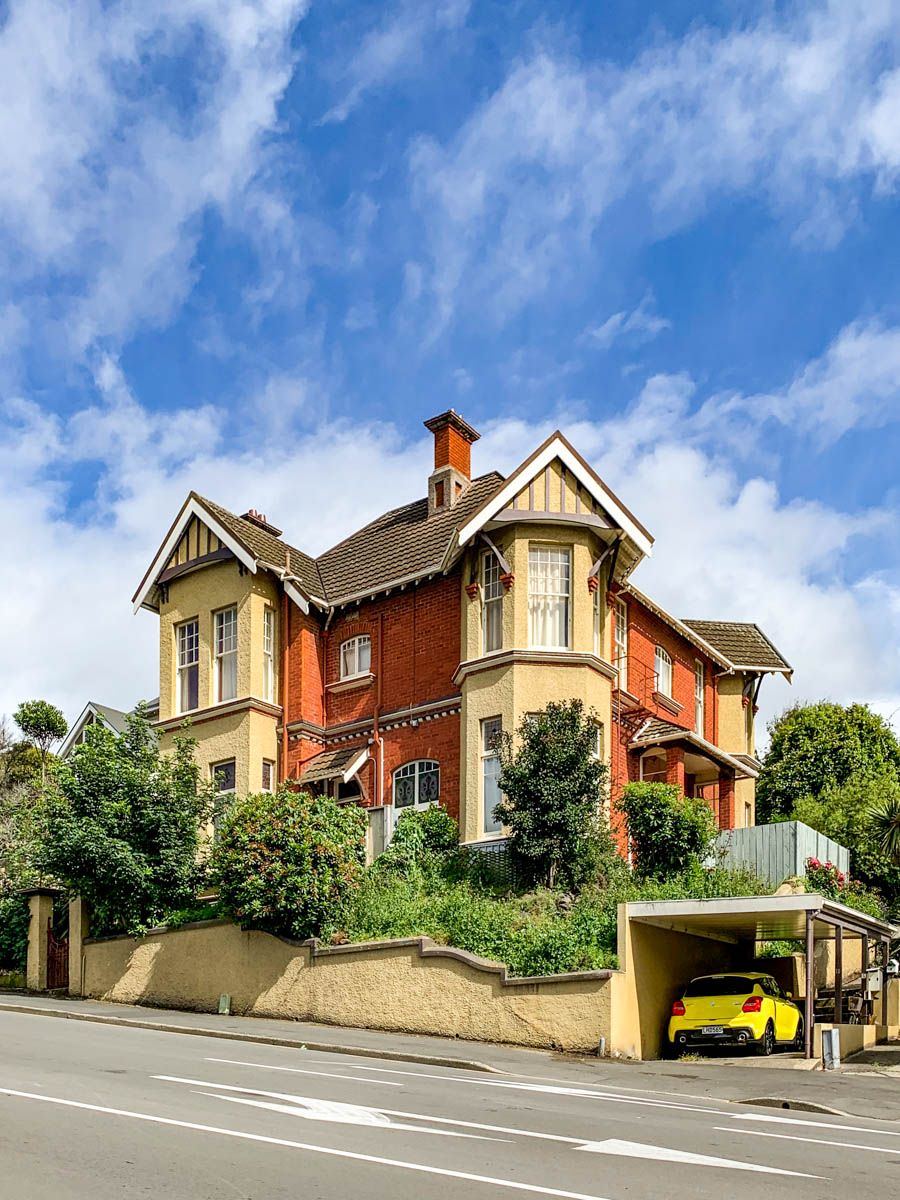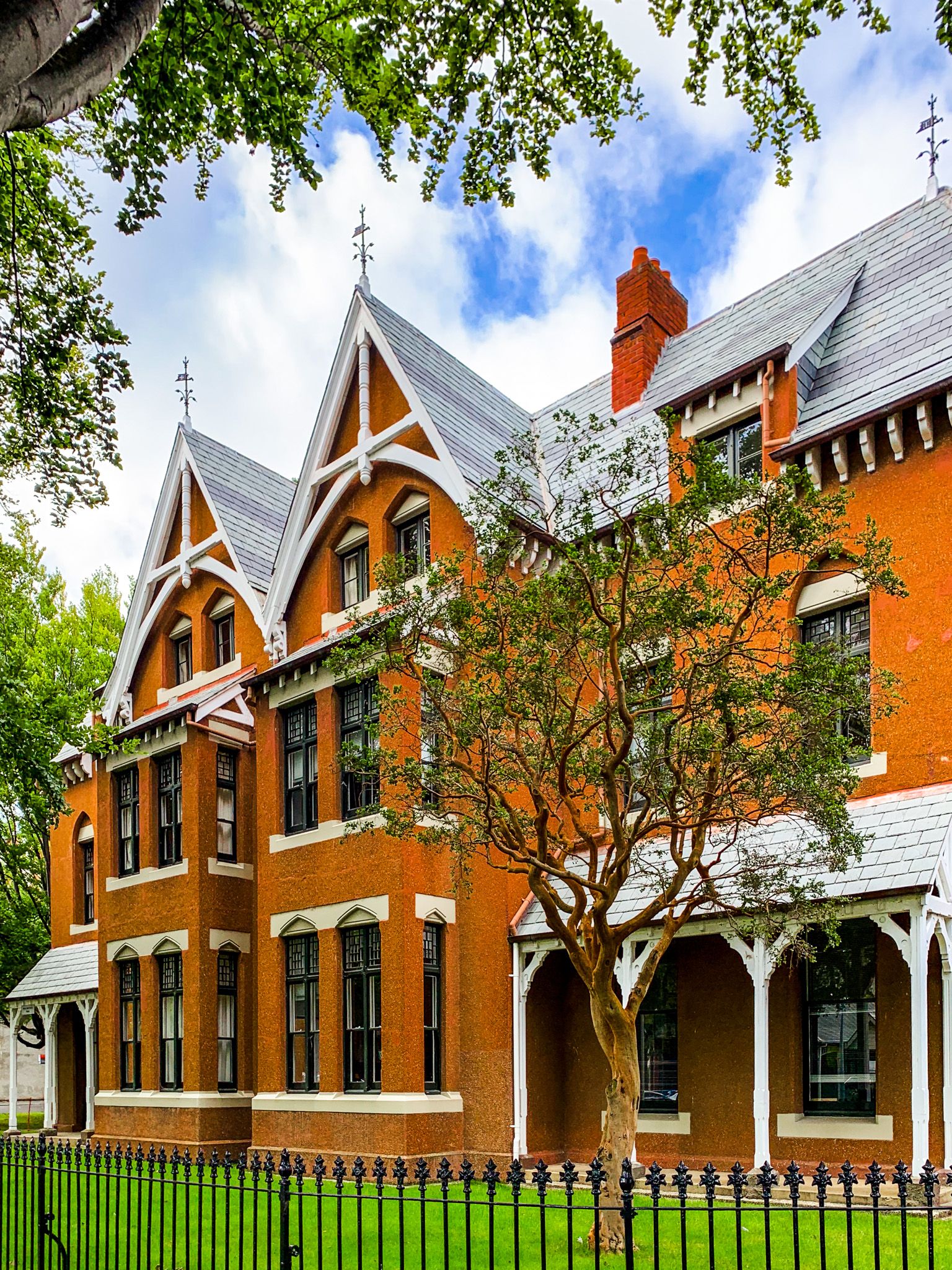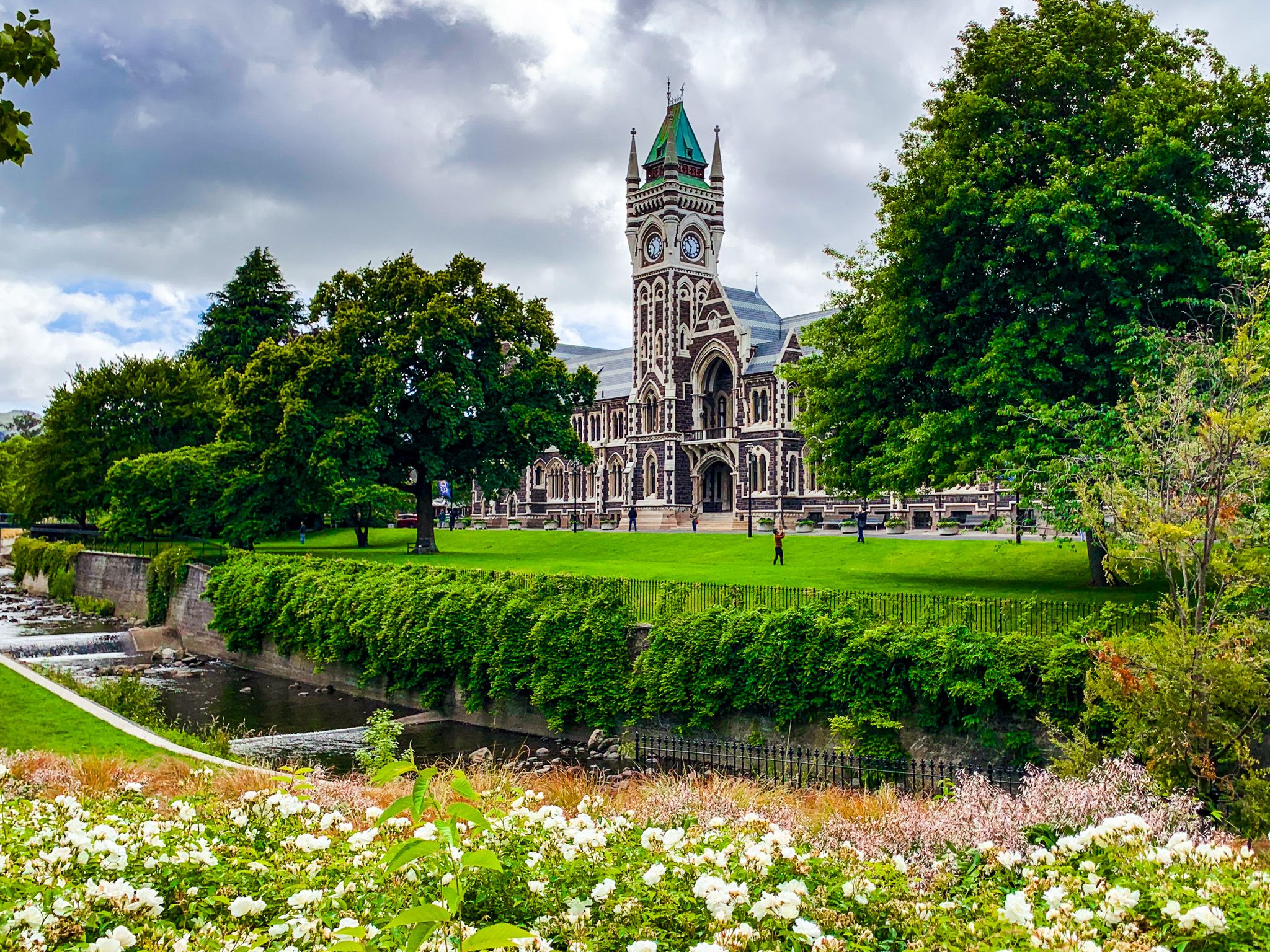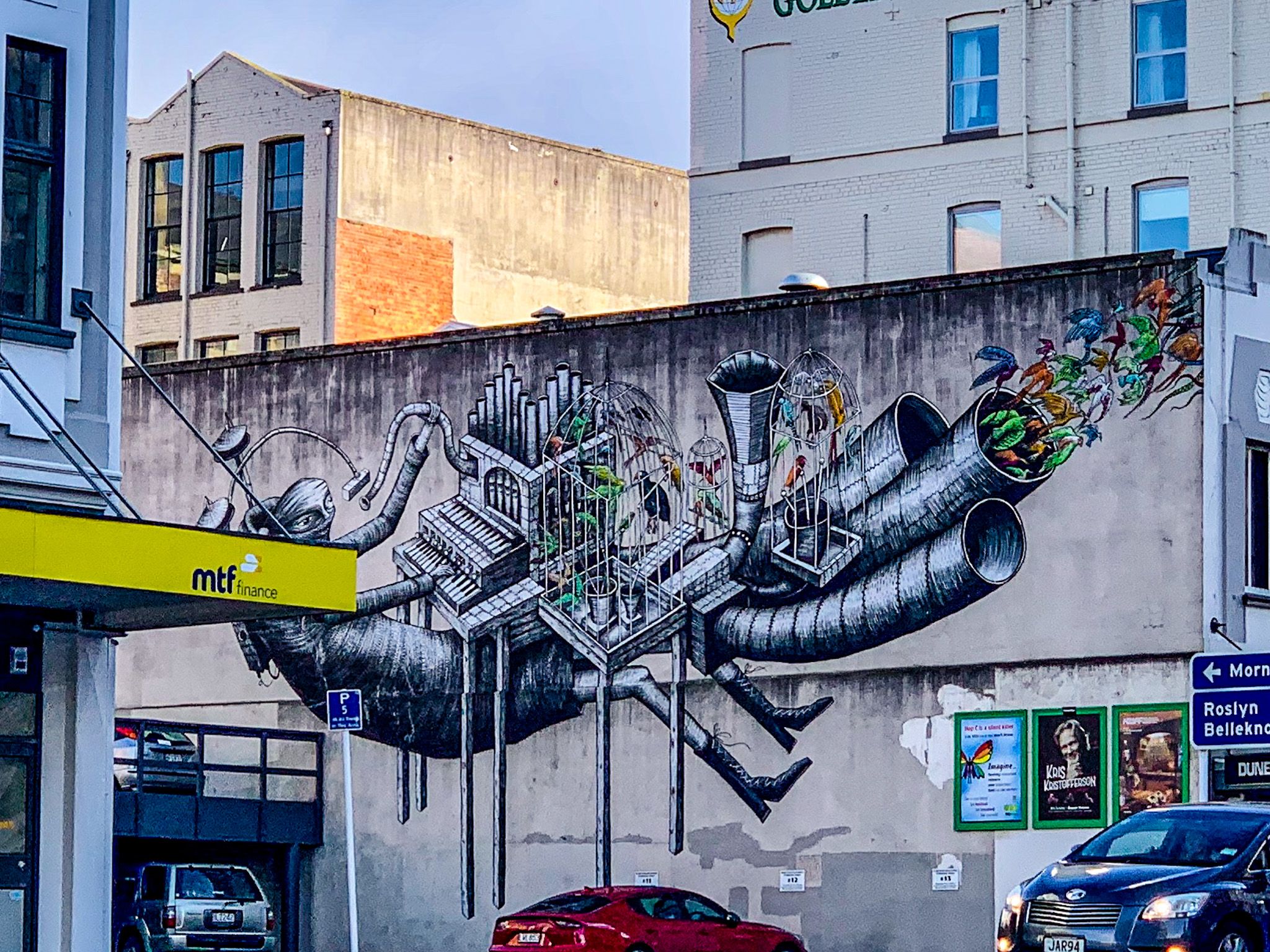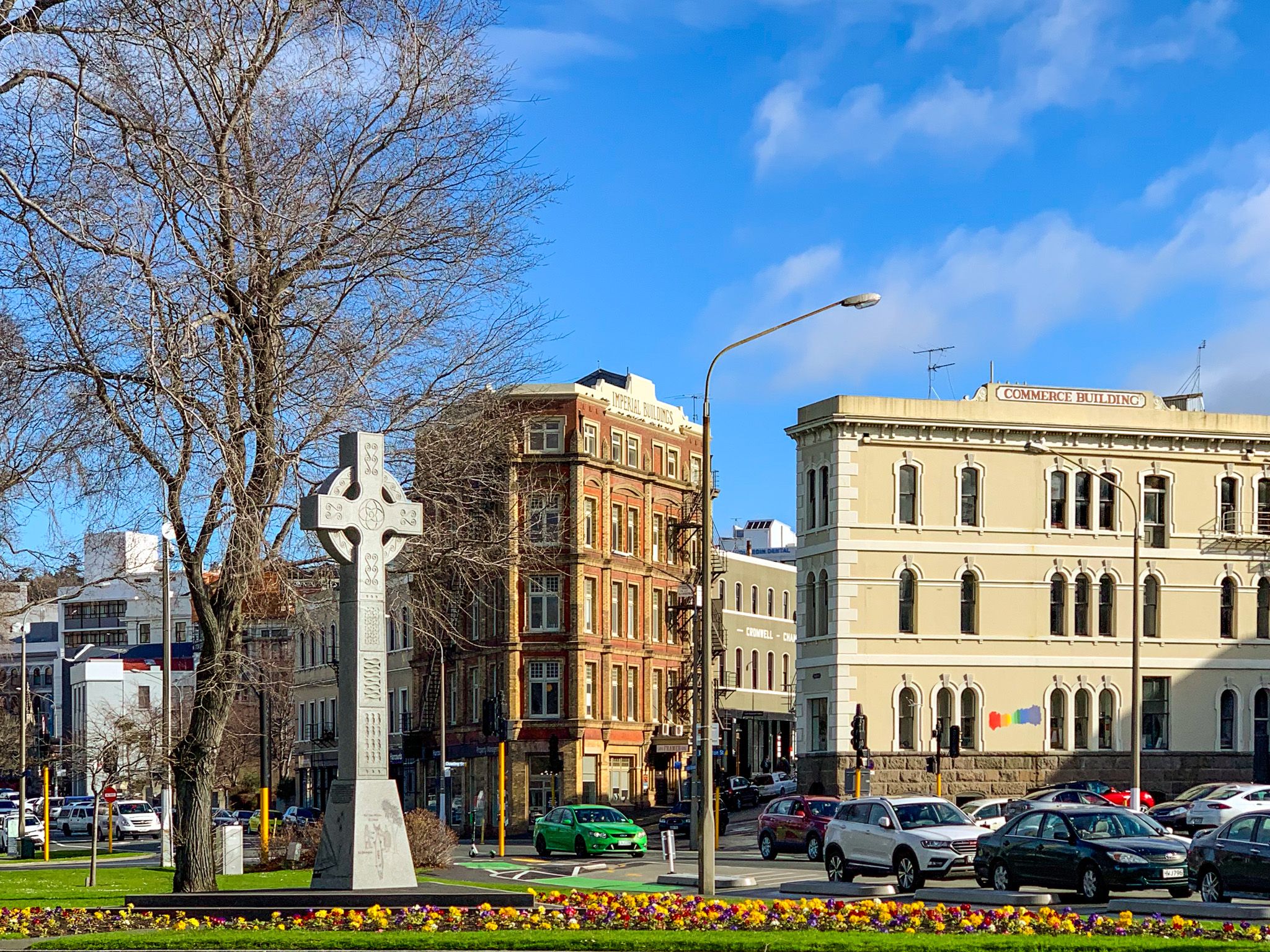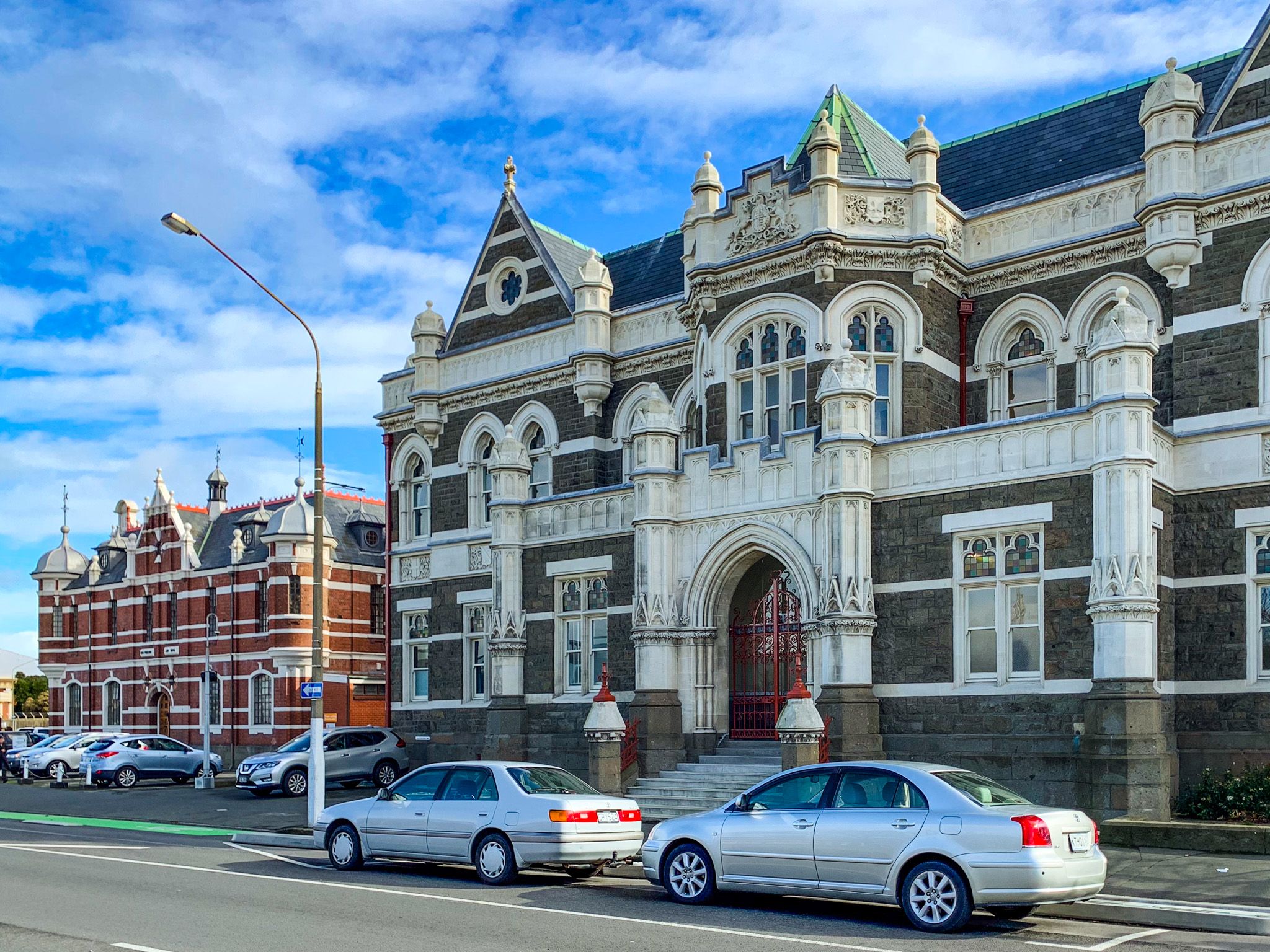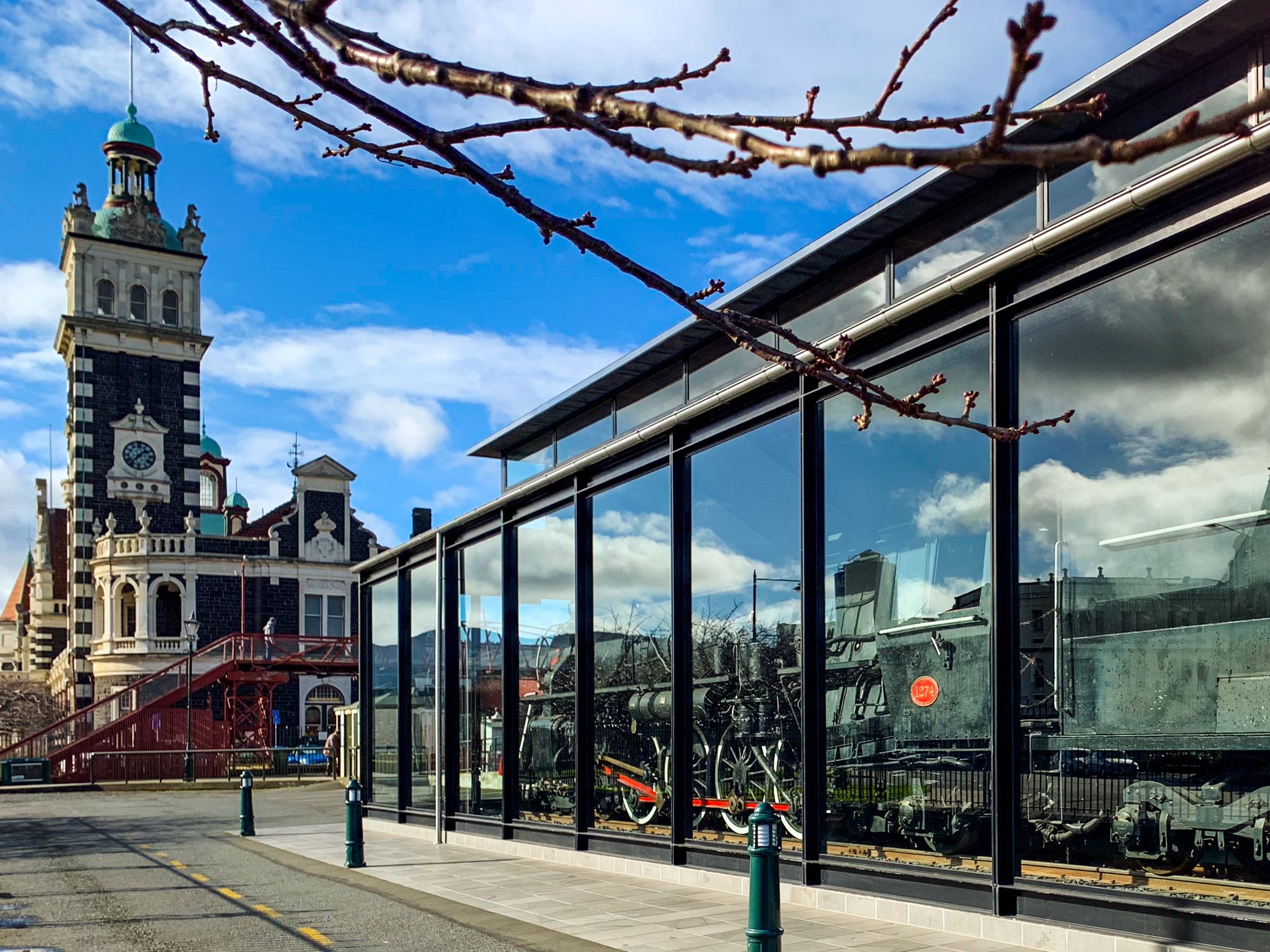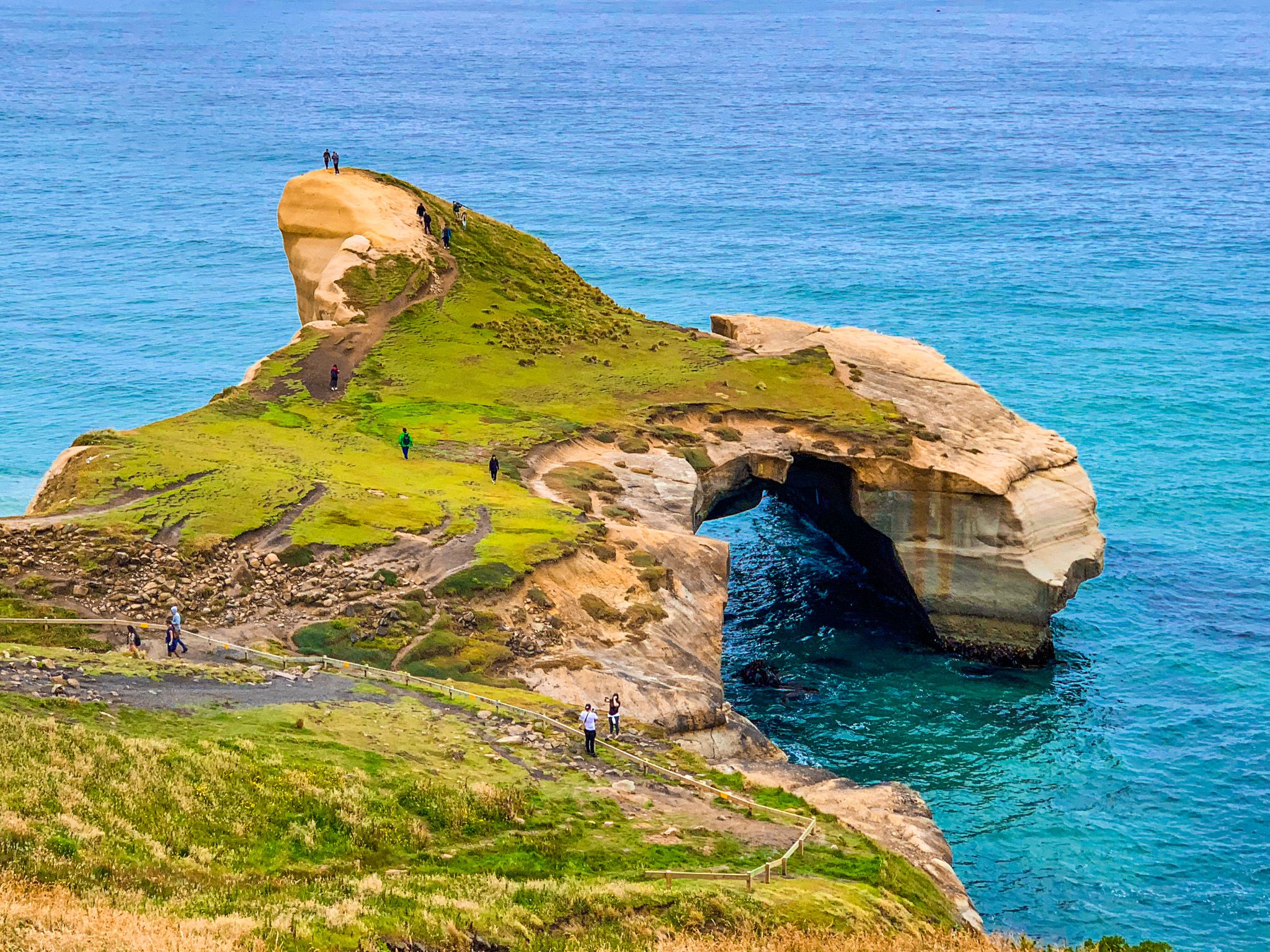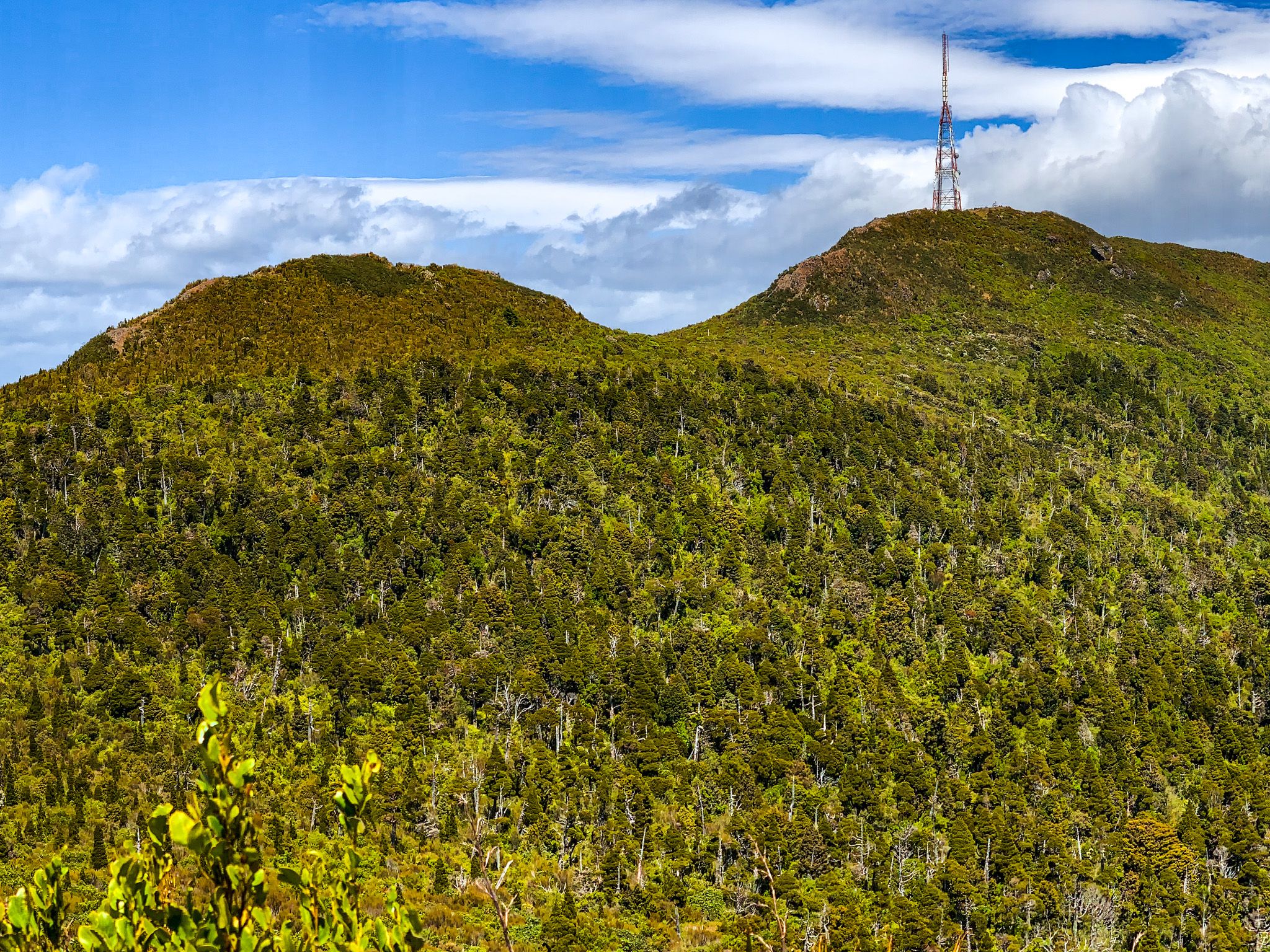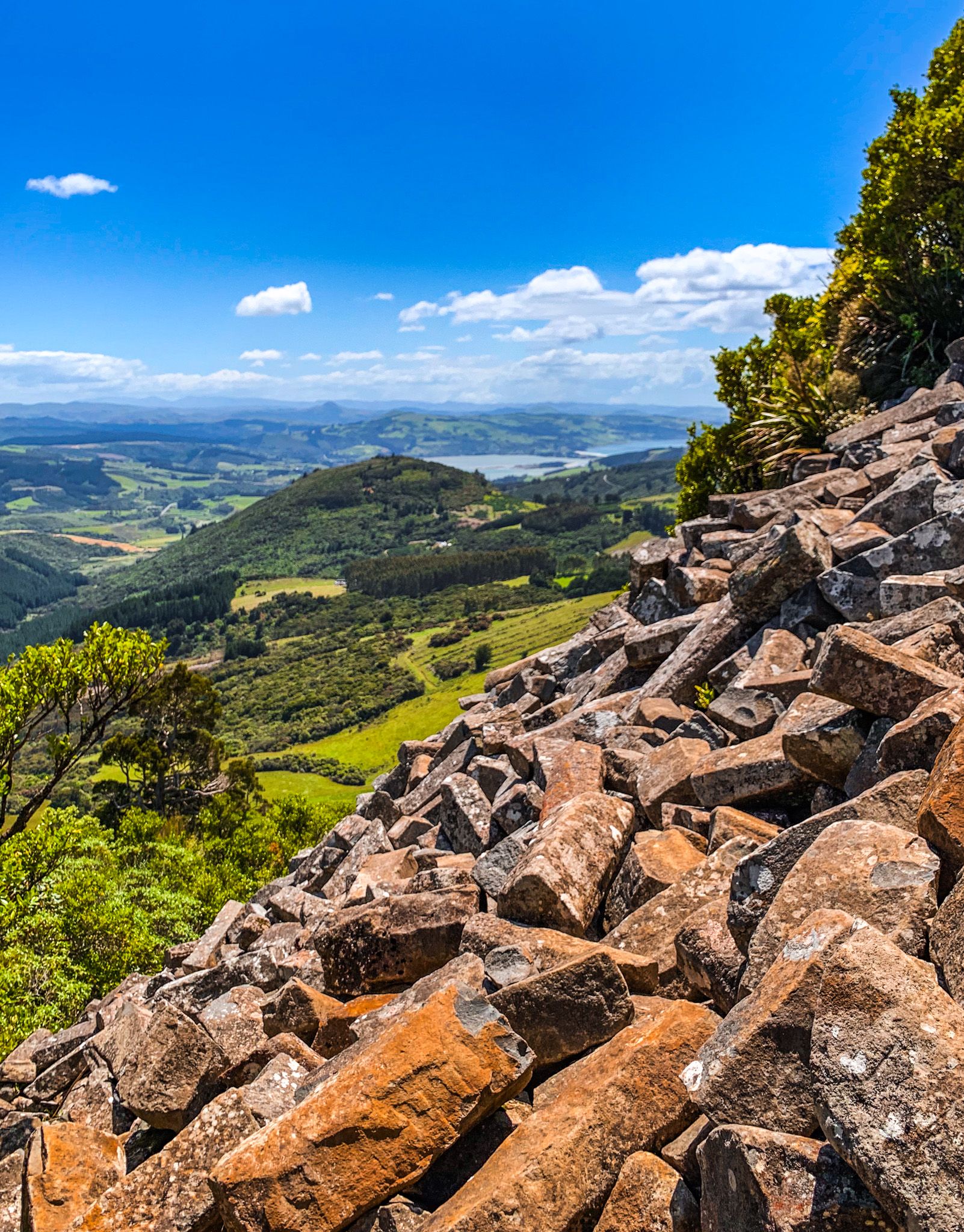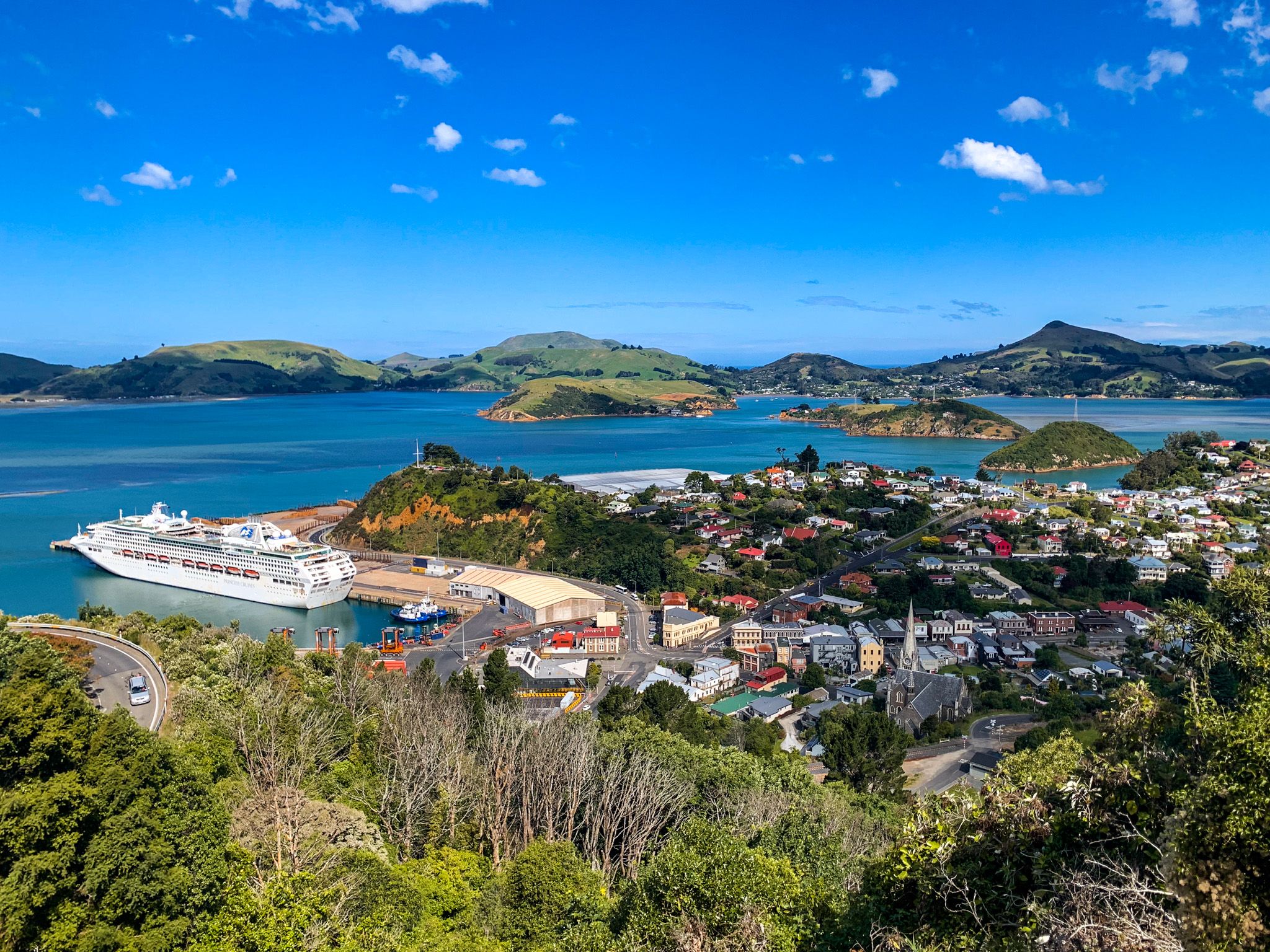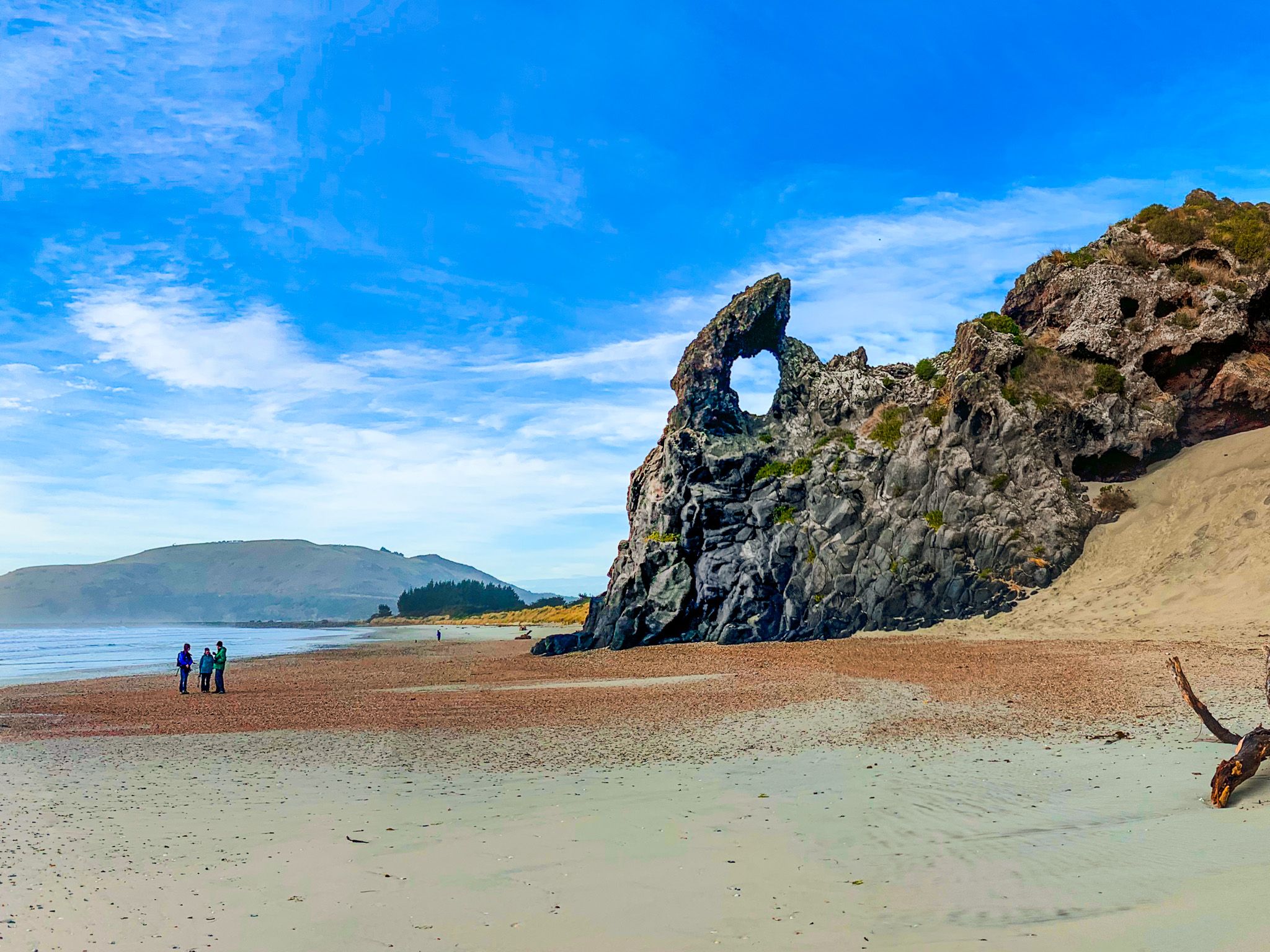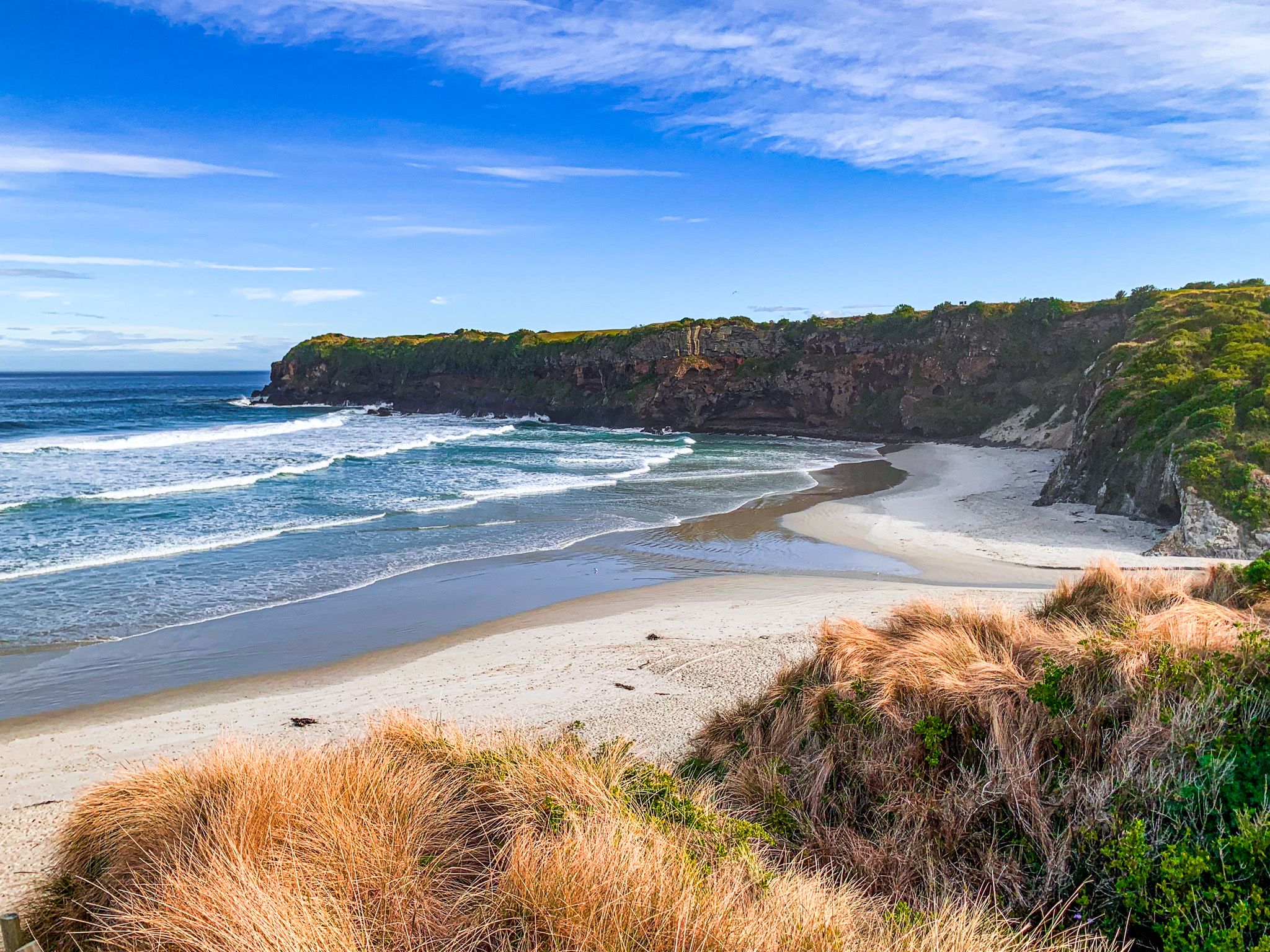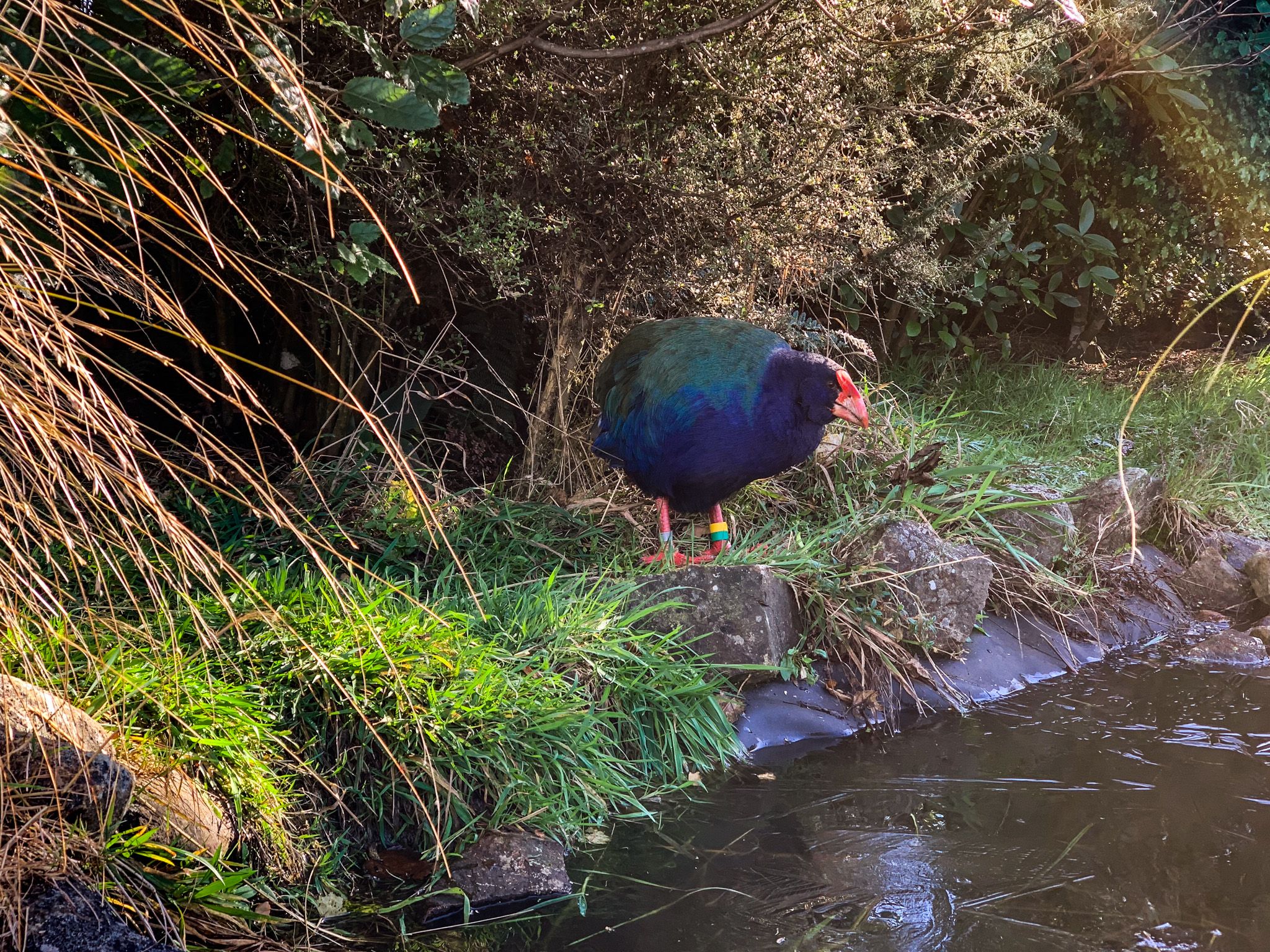Dunedin: A Coastal Gem with Rich History
Dunedin / Ōtepoti is situated on the Pacific Coast of Otago in the South Island. This city is known for its stunning beaches, historic architecture, and vibrant coffee culture. With three to four days, you can explore its diverse attractions, from scenic walks to cultural landmarks.
Exploring the City on Foot
Begin your Dunedin adventure with a city walk. The landscape around Dunedin, including the Otago Peninsula and Otago Harbour, is shaped by an ancient volcano, offering dramatic terrain and viewpoints. However, the town centre and the west end of the harbour are flat, making for easy walking.
Start at a café on Vogel Street, then head northeast to the Toitu Otago Settlers Museum and the railway station, where a lively farmers' market takes place on Saturday mornings. Continue up Stuart Street to the Octagon, then north along George Street before turning east into Albany Street. Here, you'll find the University of Otago, with its beautiful early buildings along the Water of Leith (a river). Don't miss the Botanic Gardens, Baldwin Street (the steepest street in the world) and the city art walk.
Beaches and Coastal Attractions
Dunedin boasts exceptional beaches. St Kilda and St Clair, located on the south-facing coast, feature white sand, swimming opportunities in summer, and year-round surfing. St Clair is home to several cafés and a saltwater outdoor pool, while St Kilda offers a wilder experience with a lookout at Lawyers Head. Further east, you'll find the picturesque Tomahawk Beach and Smaills Beach.
A visit to Tunnel Beach, located south of the city towards Brighton, is a must. The steep walk down to the cliffs leads to a large natural arch. The tunnel, built by James Cargill in the 1870s, provided his daughters access to the beach below.
Historic Port Chalmers and Scenic Drives
Port Chalmers, about 20 km from central Dunedin, is a worthwhile stop on the way to Aramoana or for a scenic drive on Blueskin Road. This route leads to the Organ Pipes and Mt Cargill, and the Orokonui Bird Sanctuary. Blueskin Road also provides access to remote beaches like Long Beach, Whareakeake (Murderers Bay), Doctors Point, and Pūrākaunui Bay.
Exploring the Otago Peninsula
The Otago Peninsula deserves more than a day to explore fully. A coastal drive along Portobello Road to Portobello and Taiaroa Head provides opportunities for albatross and penguin viewing. Return to Dunedin via Highcliff Road for stunning views and stops at scenic points like Larnach Castle, Sandfly Bay, Victory Beach, and Sandymount. Keep an eye out for seals, sea lions, and penguins along the way.
A Rich Historical Tapestry
Dunedin's history is fascinating, with Māori occupation dating back to between 1250 and 1300. The area was home to iwi such as Kahui Tipua, Te Rapuwai, Waitaha, Kāti Māmoe, and Kāi Tahu, with Ngāi Tahu being the dominant presence today. European contact began with James Cook's visit in 1770, followed by sealers from Australia, America, and Britain in the early 1800s.
The arrival of sealers led to the "Sealers' War," a conflict between Māori and sealers from 1810 to 1821. Peace was achieved in 1821, and whaling became more prominent. In 1831, the Weller brothers established a whaling station at Otago Harbour. Dunedin was founded in 1848 as a Free Church settlement. A strong Scottish influence is evident in its name, derived from Dùn Èideann, the Gaelic name for Edinburgh.
The discovery of gold in 1861 spurred rapid growth, making Dunedin the largest city in New Zealand by 1874. The city was a pioneer in various industries, including the first shipment of frozen meat from New Zealand in 1881 and one of the world's first cable tram systems.
How to Get There
To reach Dunedin, you can fly into Dunedin Airport, located about 30 km from the city centre. From the airport, you can rent a car or take a shuttle service to reach the city. If you're driving from Christchurch, the journey takes approximately five hours via State Highway 1.
Dunedin is also an excellent base for further exploration. You can head up the coast to Moeraki Boulders and Ōamaru, down the coast to the Catlins, and inland to historic gold trails of Central Otago, including Lawrence, Alexandra and Cromwell.
